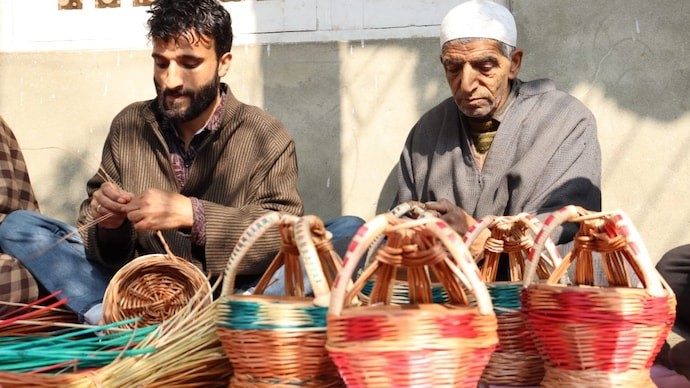Free Courses Sale ends Soon, Get It Now


Free Courses Sale ends Soon, Get It Now



Disclaimer: Copyright infringement not intended.
Context
As winter tightens its icy grip on the Kashmir valley, the traditional fire pot known as “Kangri” is seeing a surge in demand. In the village of Wokai, located in South Kashmir's Kulgam district, artisans are working tirelessly to produce 5,000 Kangris each day to meet this seasonal spike.
Details
Origins and Cultural Significance
Design and Construction
Utility and Functionality
Cultural Significance
Conclusion
The Kangri, with its rich historical significance and cultural symbolism, stands as a testament to the traditions and lifestyle of the Kashmiri people. While modernization has introduced alternative heating methods, the Kangri continues to hold a special place in the hearts of Kashmiris and remains a symbol of their identity and resilience.
|
PRACTICE QUESTION Q. Which of the following best describes a Kangri? a. A traditional Indian musical instrument used in folk performances b. A type of indigenous blanket used by nomadic tribes in the Himalayas c. A portable clay pot heater used for warmth in the Kashmir Valley d. An ancient cooking utensil used by tribal communities in the northeastern region of India Answer: c) |
© 2024 iasgyan. All right reserved